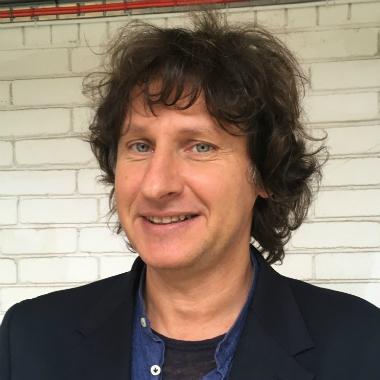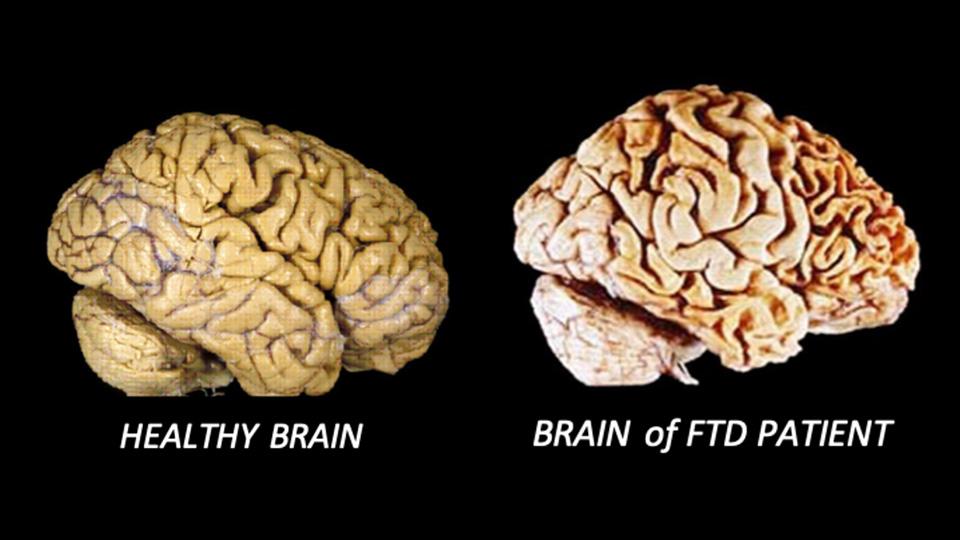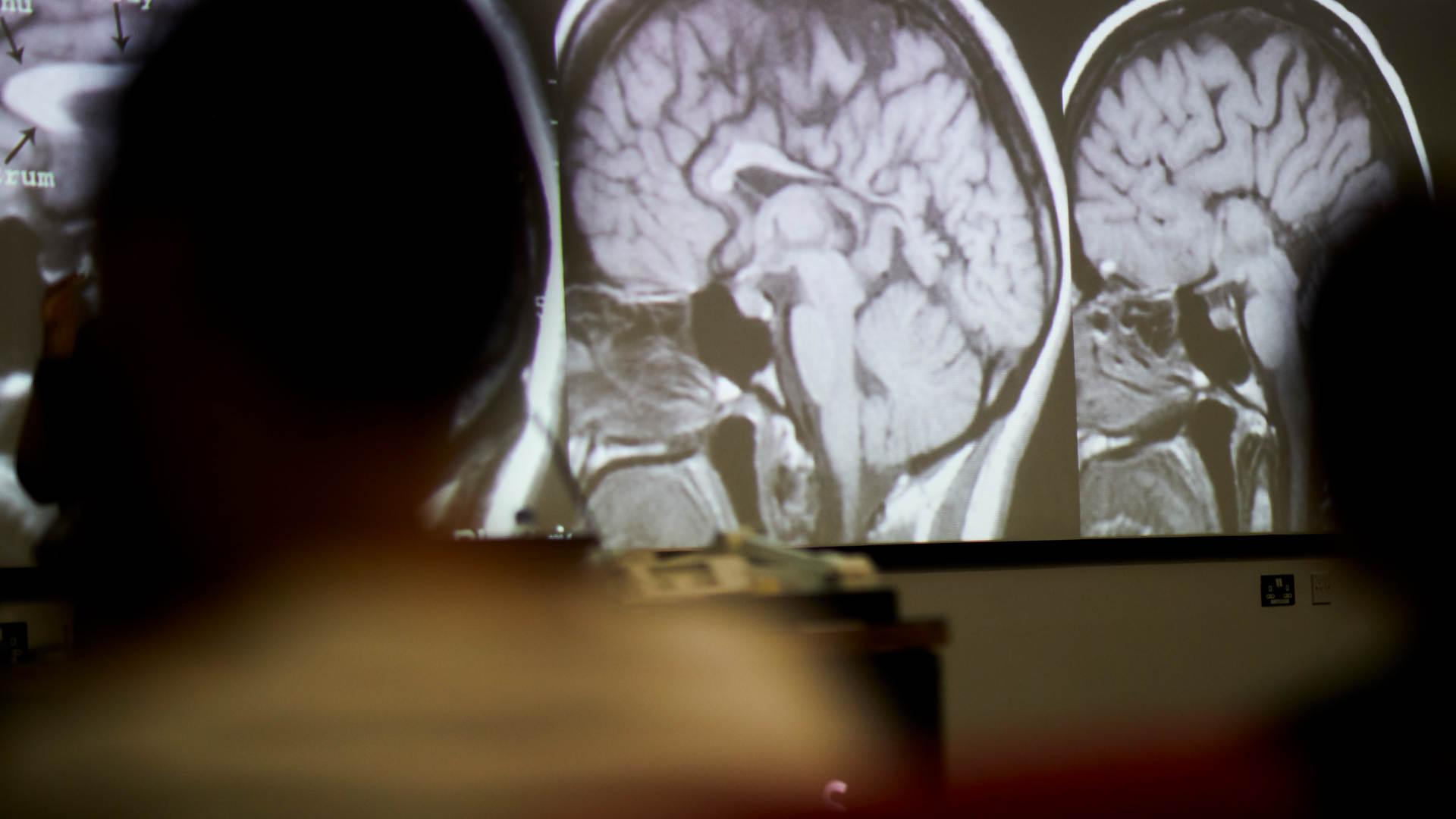Garagnani, M.; Kirilina, E. and Pulvermüller, F. 2021. Semantic grounding of novel spoken words in the primary visual cortex. Frontiers in Human Neuroscience, 15, 581847. ISSN 1662-5161
Tomasello, R.; Wennekers, T.; Garagnani, M. and Pulvermüller, F.. 2019. Visual cortex recruitment during language processing in blind individuals is explained by Hebbian learning. Scientific Reports, 9, 3579. ISSN 2045-2322
Tomasello, R.; Garagnani, M.; Wennekers, T. and Pulvermüller, F.. 2018. A neurobiologically constrained cortex model of semantic grounding with spiking neurons and brain-like connectivity. Frontiers in Computational Neuroscience, 12(88),
Tomasello, R.; Garagnani, M.; Wennekers, T. and Pulvermüller, F.. 2017. Brain connections of words, perceptions and actions: A neurobiological model of spatio-temporal semantic activation in the human cortex. Neuropsychologia, 98, pp. 111-129. ISSN 0028-3932
Schomers, M.R.; Garagnani, M. and Pulvermüller, F.. 2017. Neurocomputational Consequences of Evolutionary Connectivity Changes in Perisylvian Language Cortex. The Journal of Neuroscience, 37(11), pp. 3045-3055. ISSN 0270-6474
Garagnani, M.; Lucchese, G.; Tomasello, R.; Wennekers, T. and Pulvermüller, F.. 2017. A Spiking Neurocomputational Model of High-Frequency Oscillatory Brain Responses to Words and Pseudowords. Frontiers in Computational Neuroscience, 10, 145. ISSN 1662-5188
Garagnani, M. and Pulvermüller, F.. 2016. Conceptual grounding of language in action and perception: a neurocomputational model of the emergence of category specificity and semantic hubs. European Journal of Neuroscience, 43(6), pp. 721-737. ISSN 0953-816X
Pulvermüller, F.; Garagnani, M. and Wennekers, T.. 2014. Thinking in circuits: toward neurobiological explanation in cognitive neuroscience. Biological Cybernetics, 108(5), pp. 573-593. ISSN 0340-1200
Pulvermüller, F. and Garagnani, M.. 2014. From sensorimotor learning to memory cells in prefrontal and temporal association cortex: A neurocomputational study of disembodiment. Cortex, 57, pp. 1-21. ISSN 0010-9452
Ludlow, A.; Mohr, B.; Whitmore, A.; Garagnani, M.; Pulvermüller, F. and Gutierrez, R.. 2014. Auditory processing and sensory behaviours in children with autism spectrum disorders as revealed by mismatch negativity. Brain and Cognition, 86, pp. 55-63. ISSN 0278-2626
Garagnani, M. and Pulvermüller, F.. 2013. Neuronal correlates of decisions to speak and act: Spontaneous emergence and dynamic topographies in a computational model of frontal and temporal areas. Brain & Language, 127(1), pp. 75-85. ISSN 0093-934X
Garagnani, M. and Pulvermüller, Friedemann. 2011. Investigating cognitive representations with brain-like networks and MEG/EEG. Clinical Neurophysiology, 122, S12. ISSN 1388-2457
Garagnani, M. and Pulvermüller, F.. 2011. From sounds to words: A neurocomputational model of adaptation, inhibition and memory processes in auditory change detection. Neuroimage, 54(1), pp. 170-181. ISSN 1053-8119
Garagnani, M.; Shtyrov, Y. and Pulvermüller, F.. 2009. Effects of attention on what is known and what is not: MEG evidence for functionally discrete memory circuits. Frontiers in Human Neuroscience,
Garagnani, M.; Wennekers, T. and Pulvermüller, F.. 2009. Recruitment and Consolidation of Cell Assemblies for Words by Way of Hebbian Learning and Competition in a Multi-Layer Neural Network. Cognitive Computation, 1(2), pp. 160-176. ISSN 1866-9956
Garagnani, M.; Wennekers, T. and Pulvermüller, F.. 2008. A neuroanatomically grounded Hebbian-learning model of attention–language interactions in the human brain. European Journal of Neuroscience, 27(2), pp. 492-513. ISSN 0953-816X
Garagnani, M.; Wennekers, Thomas and Pulvermüller, Friedemann. 2007. Explaining the effects of attention on lexical processes using a single Hebbian neuronal model of the language cortex. Neural Plasticity, 2007, pp. 66-67. ISSN 2090-5904
Garagnani, M.; Wennekers, Thomas and Pulvermüller, Friedemann. 2006. A neuronal model of the language cortex. Neurocomputing, 70(10-12), pp. 1914-1919. ISSN 0925-2312
Wennekers, Thomas; Garagnani, M. and Pulvermüller, Friedemann. 2006. Language models based on Hebbian cell assemblies. Journal of Physiology-Paris, 100(1-3), pp. 16-30. ISSN 0928-4257



